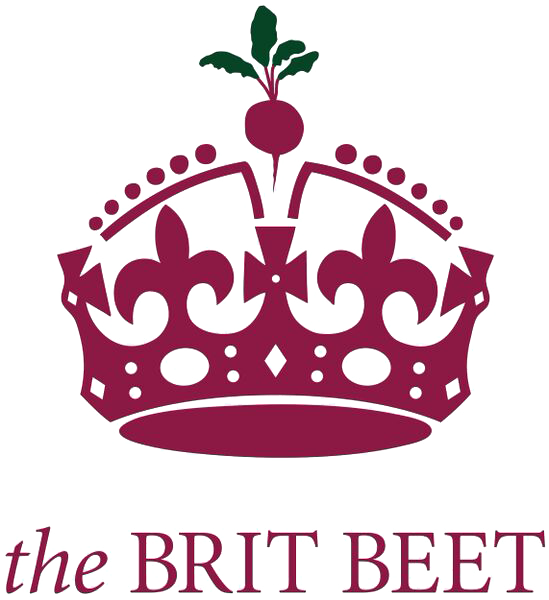With Valentine’s Day just around the corner and cupid’s arrow ready to fly, you might be asking yourself, isn’t this the perfect time to be eating foods that could help me ‘get jiggy wit it’?
Oh yeah!
While it’s alluring to think that ‘love’ foods are out there for the eating, what’s myth and what’s reality? This nutrition love-sleuth is on the case.
Chocolate
Who doesn’t think of chocolate as the ultimate aphrodisiac? Such a sensuous texture, a little naughty and undeniably delicious. Meow!
A 2006 study (1) of Italian women aged 26-44 years old, assessed the association between daily intake of chocolate and sexual function, and found that both overall sexual function and sexual desire were significantly greater among the chocolate-eaters than among those in the older group who were more likely to spurn chocolate. But before you break off a chunk of 70% dark chocolate, the researcher did point out that the age difference in the group, an important factor in sexuality, was also significant and that the “dalliance between chocolate and sex was far from a sure thing.” Well, that’s not quite the definitive ‘green light’ we were hoping for!
What we do know is that cacao (the main ingredient of chocolate) is a great source of four scientifically proven happy chemicals - serotonin, tryptophan, tyrosine and phenylethylamine. These neurotransmitters are our ‘bliss’ factories, so eating that piece of 70% organic chocolate (#fairtrade, #organic) seems to be a decidedly healthy and pleasurable way to get you into a heightened state of euphoria… and from there, well, anything is possible, if you get my drift.
Apples
According to a 2014 study (2) on over 700 Italian women (they’re busy ladies), an apple a day does more than just keep the doctor away. The study found that there was a direct correlation between eating an apple daily, increased lubrication and higher sexual function. It is suggested this may be due to an apple's levels of polyphenols and antioxidants, which help to stimulate blood flow to the genitalia and from there it's just a wink and a nod to increased arousal.
Excuse me whilst I devour an apple.
Oysters
Even though Casanova swore by oysters for his sexual escapades, sadly research has yet to make a clear connection between increased sexual desire and these popular shellfish. However, if the very thought of eating oysters turns you on, then I say, that’s motivation enough to slurp down a dozen.
To sum up, what this nutrition love-sleuth has found is that under the covers is a mixed ‘bag’ (wink, wink) when it comes to food and our libidos. But don’t despair … with V. Day hurtling towards us, here’s what we can control when it comes to food and turning up the heat:
Whilst you may want to pop the cork on that bottle of wine then get up close and personal with your partner, remember to hydrate! Alcohol is a diuretic, resulting in the loss of fluids from your body and that could mean those special lady parts become less than moist (ouch!)
Try eating smaller portion sizes before the big date, leaving more energy for bedroom antics and less for digestion (those tummy gurgles are oh so attractive)
Stay away from loading up on the carbs which could spike your insulin levels, and make you sleepy, which I’m sure is not part of the big intimate plan with your sweetie
I’m a huge fan of cruciferous veggies, such as cauliflower, cabbage, brussel sprouts and broccoli for their anti-cancerous properties. However, there’s nothing quite as embarrassing as a ‘bottom burp’ to kill the mood. Why does this happen? Well, these bad boys have a ‘one/two punch’ – they contain raffinoise, a sugar that is fermented in the large intestine by gas producing bacteria and a high sulphate content, which we have to thank for that pungent egg waft you’ll be desperately trying to keep trapped under the covers. Ever so romantic. So choose the meals for your cruciferous intake wisely!
Don’t overlook the many surprising uses of coconut oil – not only yummy for sautéing, it can bring the ‘heat’ to the bedroom as a pleasurable massage oil or natural lubricant. Say no more!!
I hope this nutrition love-sleuth has given you some food for thought to ignite your Valentine’s Day adventures, and all your other moments of passion in 2018!
References










